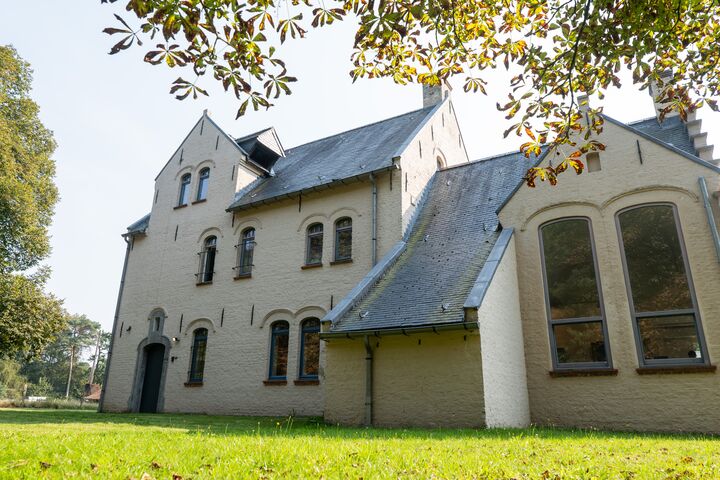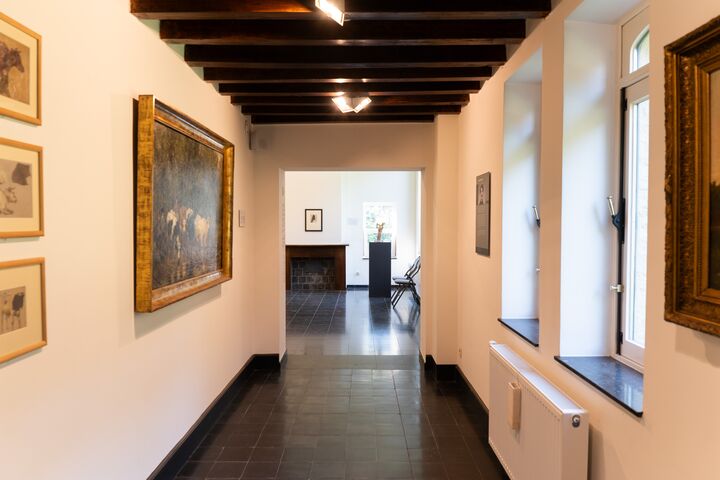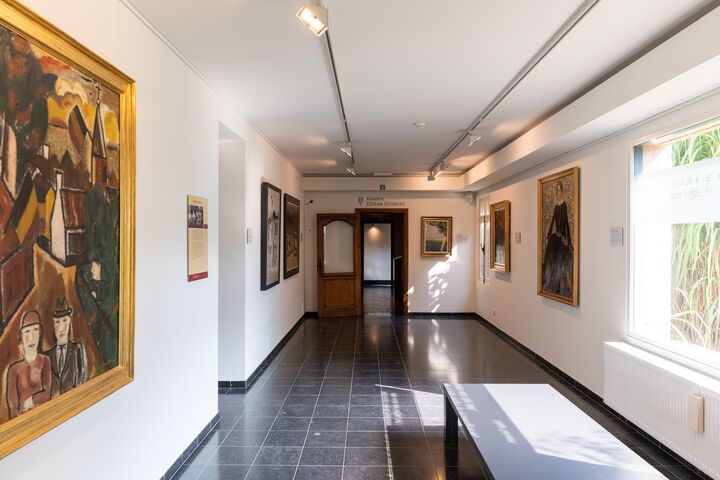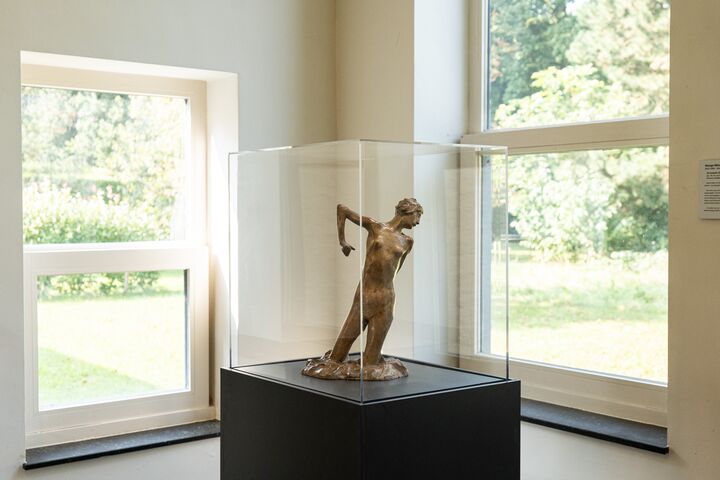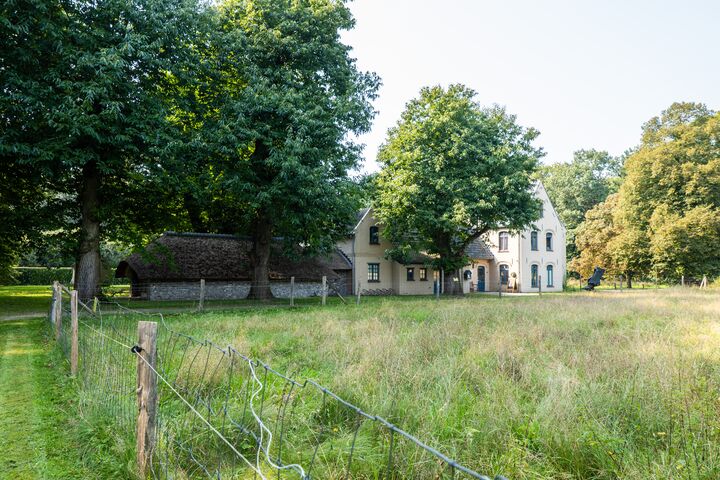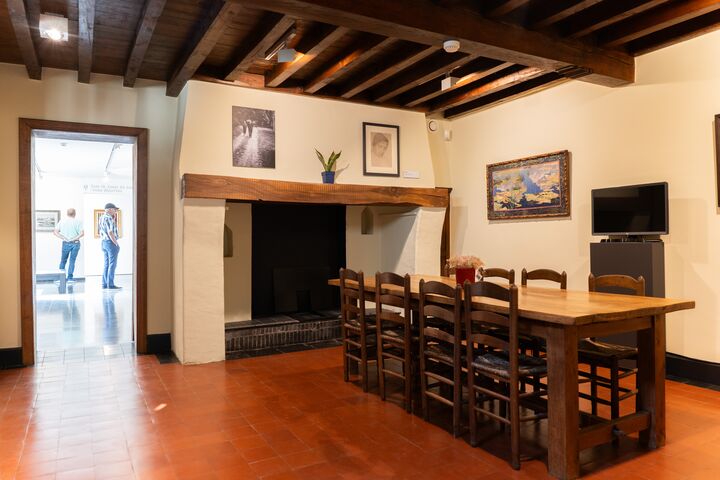Gevaert-Minne could be referred to as a house museum, but a very special one indeed. Edgar Gevaert ‘s former home and studio became a municipal museum in 1994. In addition to some artworks and documents by Edgar Gevaert, the museum mainly displays artwork from the classical period of Sint-Martens-Latem, a village near the river Leie.
Museum Gevaert-Minne
The former home of Edgar Gevaert (1891-1965), son of an industrialist in Oudenaarde, houses a small but exquisite museum. In addition to being a painter Edgar Gevaert was also a poet, writer and composer and was married to Marie Minne, daughter of the sculptor George Minne. Gevaert’s painting studio is still recognizable by its huge windows. The museum collection includes works by early scouts such as Xavier De Cock, the initial Latem group with Valerius de Saedeleer and George Minne, Albert Servaes from the intermediate period and the second Latem group with works of art by, for example, Leon De Smet, Gustave De Smet and Frits Vanden Berghe.
The Porridge Eater
With his series of peasant heads from the years before World War I, including De Papeter which dates back to 1911, Gustave van de Woestyne is to some extent a reporter of Latem’s rural life. In fact, a certain mutual affinity developed but without taking up any social position, which he did not consider to be his mission. All of Gustave van de Woestyne’s art is imbued with a sense of individual inner life. It is another reason why it could be assumed that the peasant stereotype provided an opportunity for psychological self-expression. Perhaps he identified something in Latem’s peasants that in part reflected his own personality: a degree of composure and devoutness, alongside a measure of obstinacy and waywardness?
Practical information
Accessibility
Accessible for people with disabilities.

